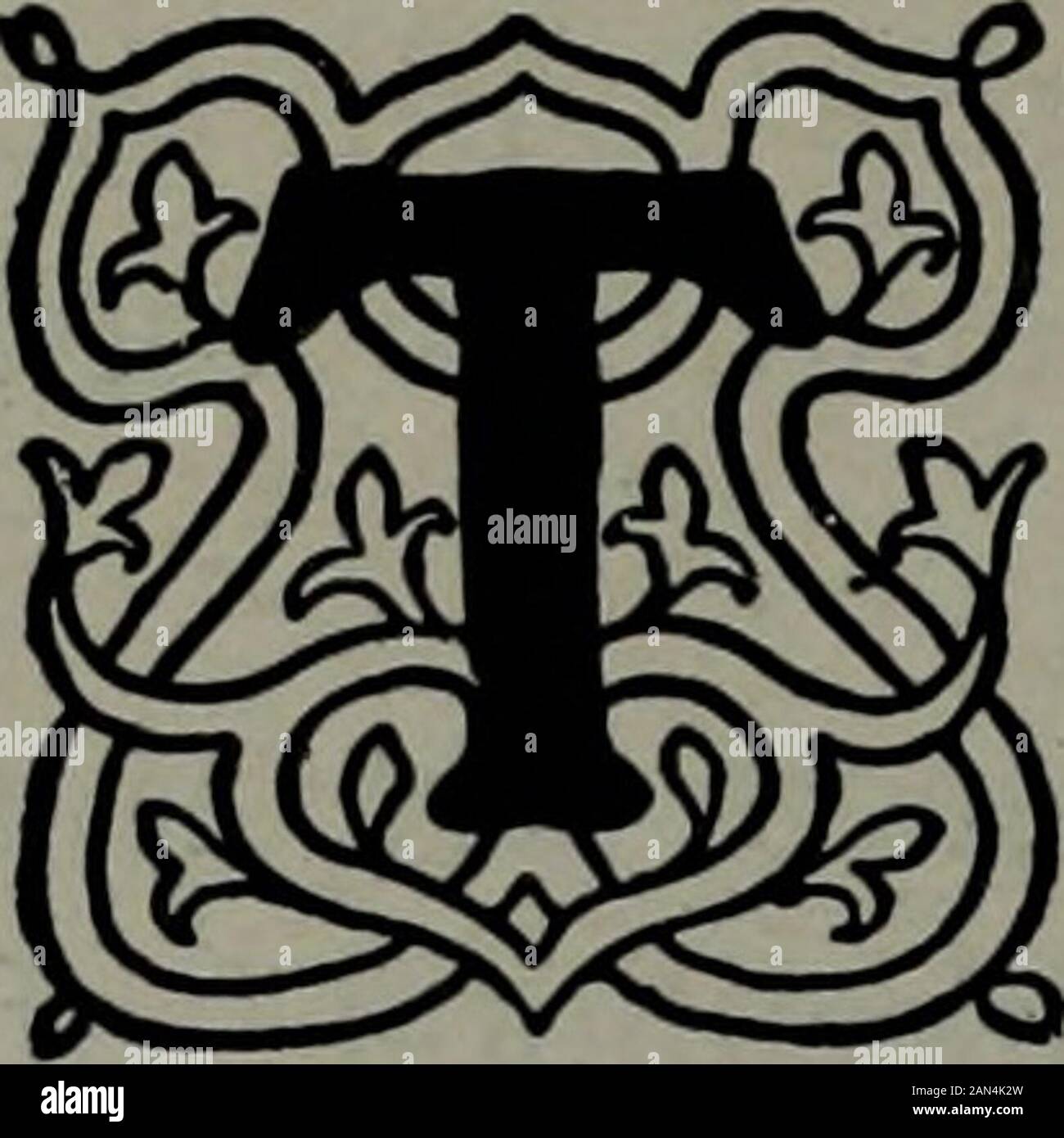The American annual of photography . atiently for interesting and characteristicposes, opportunities will occur for making pleasing studies.The cages in which small animals and birds are confined areusually made of fine meshed wire. A fact that is notgenerally known is that one or two wires directly across thefront of the lens does not make any appreciable differencein the resultant picture, providing the wires are right upagainst the lens and do not cast any image on the plate or film.Thus, a fairly large mesh does no do any real harm. In making your visits to the Zoo, avoid crowded days.Sele

Image details
Contributor:
The Reading Room / Alamy Stock PhotoImage ID:
2AN4K2WFile size:
7.2 MB (226.7 KB Compressed download)Releases:
Model - no | Property - noDo I need a release?Dimensions:
1581 x 1581 px | 26.8 x 26.8 cm | 10.5 x 10.5 inches | 150dpiMore information:
This image is a public domain image, which means either that copyright has expired in the image or the copyright holder has waived their copyright. Alamy charges you a fee for access to the high resolution copy of the image.
This image could have imperfections as it’s either historical or reportage.
The American annual of photography . atiently for interesting and characteristicposes, opportunities will occur for making pleasing studies.The cages in which small animals and birds are confined areusually made of fine meshed wire. A fact that is notgenerally known is that one or two wires directly across thefront of the lens does not make any appreciable differencein the resultant picture, providing the wires are right upagainst the lens and do not cast any image on the plate or film.Thus, a fairly large mesh does no do any real harm. In making your visits to the Zoo, avoid crowded days.Select a time when there is likely to be few visitors. Experi-ence will teach which hours are best for different subjects.Some subjects can be best secured in the morning, otherslater in the day. A lot depends on the position of the cages. I hope that this comparatively new field in which verylittle really serious work has been done will be accorded con-sideration by amateur photographers, especially those who arealso nature lovers. 105. THE BROMIDE PRINT—A MEANS NOT AN END By WILLIAM ALEXANDER ALCOCK, LIB. O the great majority of casual photographers, who regard the bromide enlargement as theUltima Thule in photography (and I am afraidthey constitute the great army of those whokeep the photographic stock-houses busy) it willperhaps be news that many serious pictorialists are ever seek-ing ways to improve and modify the result which this processgives. In my contribution to the last issue of this Annual, Iadverted at some length to the bromoil process, a processwhich in the hands of the enthusiast is hard to equal, andalmost impossible to excel. But to many who have tried itdiscouragement and failure have been the portion. To suchI say try again, and perhaps a few suggestions in the matterof working details may be of assistance.Try the following developer: Water 20 oz. Sulphite of soda (Anhydrous) ^ oz. Amidol 50 grs. Potassium Bromide 10 grs. Bi-Sulphite of soda 50 grs. Use the de